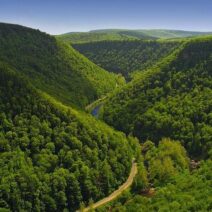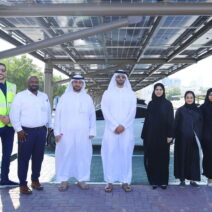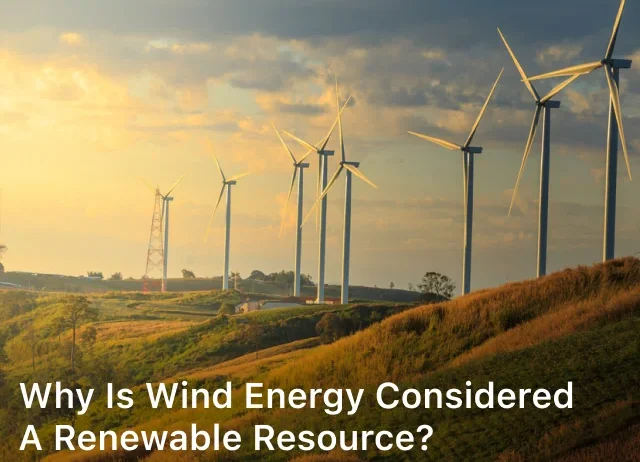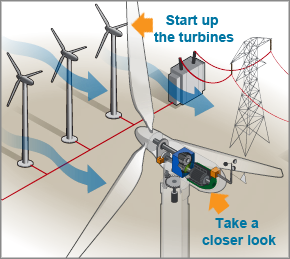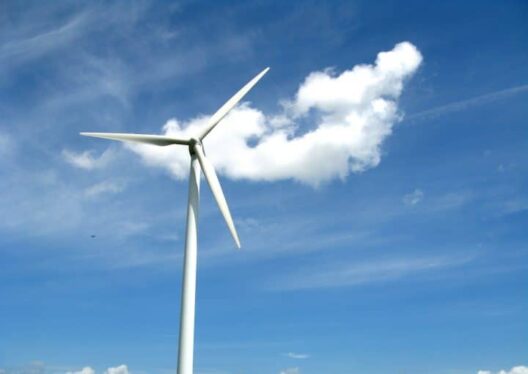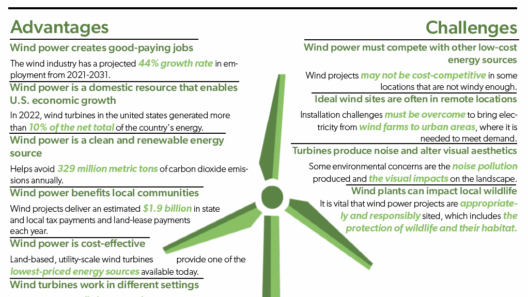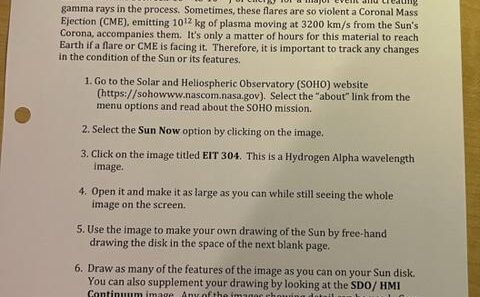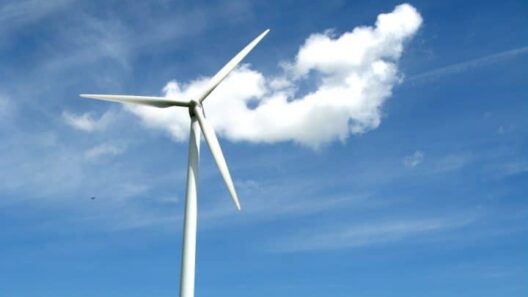Wind energy has emerged as a cornerstone in the quest for sustainable and eco-friendly power sources. Unlike fossil fuels, wind energy is derived from the natural movement of air in the Earth’s atmosphere, making it a renewable resource. This article delves into why wind energy is considered renewable, exploring its sustainability, environmental advantages, and future prospects.
Understanding Renewable Resources
Before delving into wind energy itself, it’s essential to grasp the concept of renewable resources. Renewable resources are those that can be replenished naturally within a human lifetime. Solar, hydro, geothermal, and biomass energies also fall into this category. These resources significantly differ from non-renewable resources, such as coal, oil, and natural gas, which take millions of years to form and can be exhausted through overuse.
One of the primary traits of renewable resources is their ability to be utilized without the risk of depletion. Wind, fueled by solar energy and the rotation of the Earth, is an ever-present phenomenon. Thus, the momentum in promoting wind energy hinges on understanding its infinite nature and the minimal environmental impact associated with its harnessing.
Unleashing the Power of Wind
Wind energy harnesses the kinetic energy generated by the wind to produce electricity. This process generally involves wind turbines that convert the motion of wind into mechanical energy. This mechanical energy is then transformed into electrical energy, which can be utilized to power homes, businesses, and even entire cities.
Wind energy’s renewability springs from its reliance on wind currents, which are created through temperature differences in the atmosphere, the Earth’s rotation, and geographical features. Wind patterns can change daily, seasonally, and annually, but they will always regenerate. Importantly, wind energy captures this natural phenomenon without depleting or damaging the resource itself.
The Environmental Benefits of Wind Power
Transitioning to wind energy presents numerous environmental advantages, which reinforce its status as a sustainable power source. Here are several significant benefits:
Reduction of Greenhouse Gas Emissions
One of the most pressing issues facing our planet is climate change, largely driven by greenhouse gas emissions from fossil fuels. Wind energy produces electricity without releasing carbon dioxide (CO2) into the atmosphere. As nations strive to meet their commitments under the Paris Agreement, wind power plays an essential role in reducing emissions and meeting climate targets.
Conservation of Natural Resources
The extraction, refinement, and combustion of fossil fuels require extensive resources and lead to habitat destruction, oil spills, and air and water pollution. Wind energy, by contrast, relies on a freely available natural resource: the wind. This eliminates the need for mining or drilling, thus preserving ecosystems and the species that inhabit them. Fewer natural resources are consumed in the production of wind energy compared to fossil fuels.
Minimal Water Usage
Water scarcity is a growing concern in many regions worldwide. Traditional energy sources, especially coal and natural gas, require vast quantities of water for cooling, processing, and waste management. Wind energy systems, on the other hand, require very little water for operation. This characteristic makes wind power not only eco-friendly but also vital for areas facing freshwater shortages.
Wind Energy: A Sustainable Investment
The sustainability of wind energy goes beyond its environmental benefits; it also offers economic opportunities. The wind energy sector has experienced remarkable growth over the last few decades, creating jobs in manufacturing, installation, and maintenance. Moreover, the cost of wind energy has significantly decreased due to technological advancements, making it one of the cheapest sources of electricity available today in many regions. This economic accessibility amplifies the case for investing in wind power as a primary energy resource.
The Less-Discussed Impacts
While wind energy presents substantial benefits, it does come with challenges. Issues such as noise pollution, disruption to wildlife, and aesthetic concerns regarding the placement of wind farms require thorough consideration. The generation of wind energy can potentially impact local ecosystems and migratory bird patterns. However, ongoing research and development are working to mitigate these impacts. For instance, utilizing better technology for turbine design can reduce wildlife fatalities and promote better integration with local habitats.
The Future of Wind Energy
The future of wind energy appears promising with continuous advancements in technology and increasing global awareness regarding climate change. Emerging innovations, such as offshore wind farms and floating wind turbines, widen the geographical scope where wind energy can be harnessed. These innovations allow us to utilize areas previously deemed unsuitable for installation, such as deep offshore waters.
Governments, organizations, and communities worldwide are becoming increasingly invested in wind energy as part of their energy strategies. With the potential to provide a significant portion of energy needs and assist in lowering emissions, wind energy stands at the forefront of the renewable energy revolution.
Embracing the Moment
In summary, wind energy is undeniably a renewable resource due to its inexhaustible nature, environmental benefits, and potential for sustainable economic growth. As we face global challenges such as climate change and resource depletion, embracing wind energy presents an actionable solution towards a greener future. The promise of wind power lies not only in its capacity to generate clean electricity but also in its role as a catalyst for a transition to a more sustainable, environmentally friendly energy landscape. It is imperative that we support and invest in wind energy initiatives to harness its full potential for generations to come.
